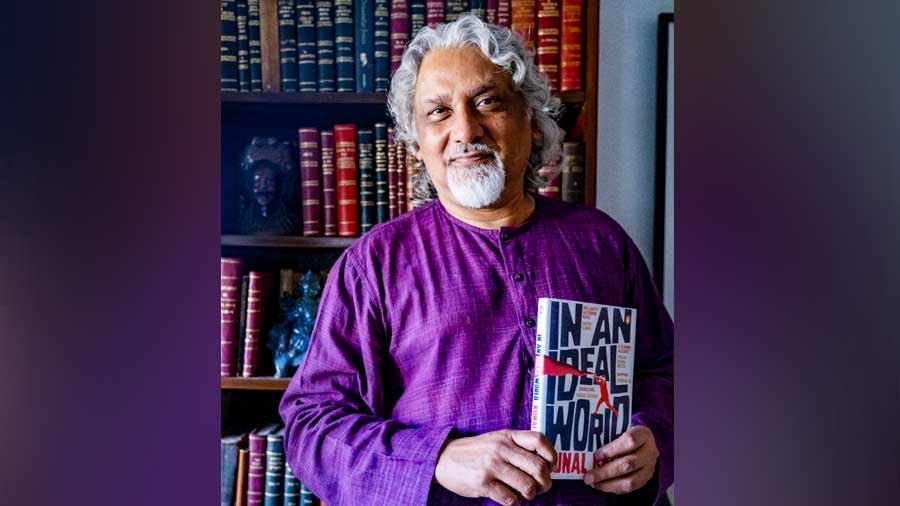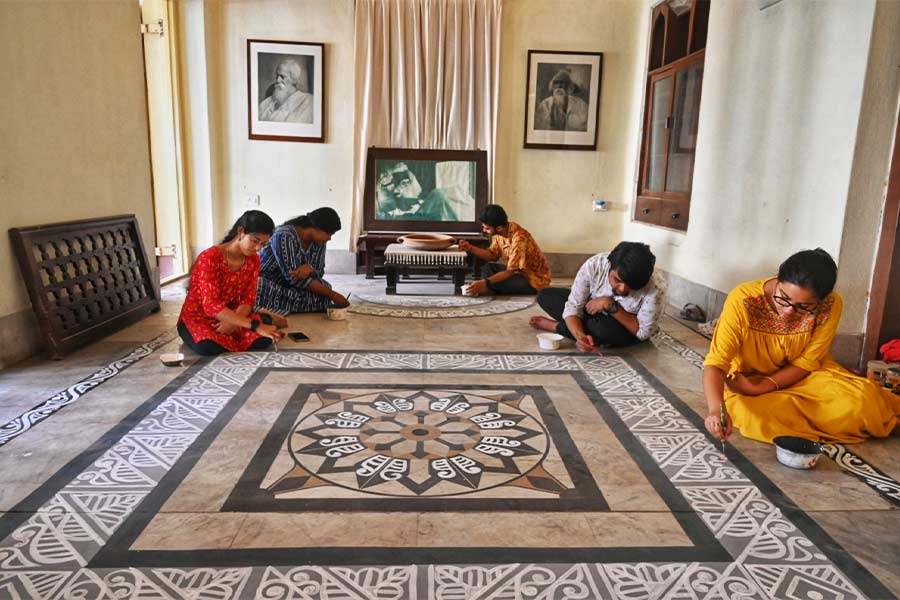Kunal and Susmita Basu introduce their labour of love, Moveable Feasts, as ‘Chronicles of travel, cuisine and the arts’. Spread over nearly 250 pages of text and arresting pictures, the coffee table book is laid out lavishly by graphic artist Pinaki De and published by Starmark.
Over a beautifully brewed cup of coffee at their book-lined Lake Road home, the Basus took My Kolkata through the four-year journey of chronicling 40 years spent travelling, eating, talking, absorbing and remembering.
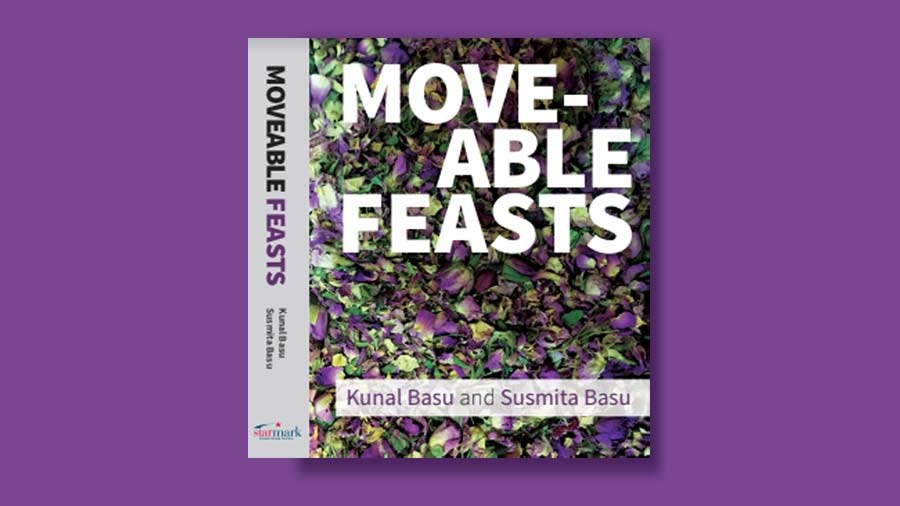
Edited excerpts from a feast of a conversation.
My Kolkata: An author couple once said, if you want to test a marriage, try writing a book together. Did this book test your marriage?
(Both burst out laughing)
Kunal Basu: I don’t think it tested our marriage, but during this whole process which lasted four years, we sometimes argued with each other as to which dish should go into which feast, and also during the cooking. So sometimes Susmita would say, ‘No, no, no, you are doing this all wrong! You’re burning the meat’. And I would say, ‘Your guava pickles taste too sweet.’
There were moments when we agreed and disagreed, quarrelled and made up and all of that…
Susmita Basu: Sometimes Kunal will say, ‘I want to do this this way’.
Kunal: But if anything, it brought our marriage closer.
Susmita, you are the artistic person, Kunal, you the writer. Did you stick to this division of labour while putting this book together?
Susmita: Actually we both are artistic at heart. It’s only recently that I am doing ceramics but we have always cherished the art part of our life, which was something very special to us.
Kunal: So we poked our noses into each other’s business!
It started four years back, on a summer evening in Oxford, over a glass of wine
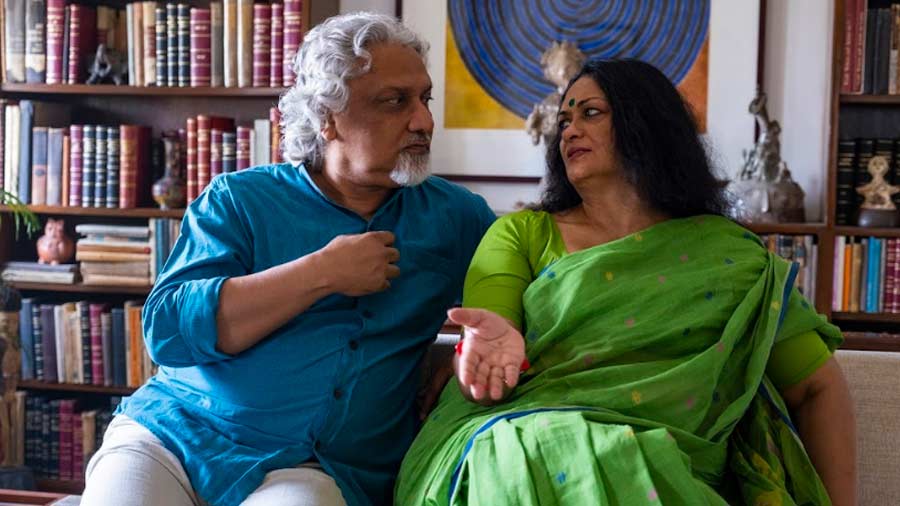
‘We undertook this journey, interspersed with her primary passion, which is art, and my primary passion, which is writing, and the book sort of wove itself around these passions,’ says Kunal
How did this book happen?
Kunal: It started four years back, on a summer evening in Oxford. Summer evenings are magical in Oxford. The light is wonderful, and we were having a glass of wine. All good things start with wine, as you can imagine.
We said, we’ve been travelling for the last 40 years, all different parts of the world, and we are passionate about all kinds of things — history, the arts, books, films, theatre, music, anecdotes and stories of these different places, and food. But when we pass away, only our daughter Ajlai will have some understanding and some information about the kind of life that we had led. But it’ll be lost to the world. Is there a way for us to capture this?
Susmita said, ‘Since we are bookish people — we are forever reading and arguing over books and sharing books — maybe we can put it all together in a book.’
Then we undertook this journey, interspersed with her primary passion, which is art, and my primary passion, which is writing, and the book sort of wove itself around these passions.
Who is the ideal reader of this book?
Kunal: I think anybody, everybody. Almost everybody we have spoken to in these four years are excited by this book because it involves travel and food and culture and places, and that in some ways, is the common sensibilities of lots of people. So I think anybody who is excited by these things can pick it up.
A feast of the senses, a feast in memory, a feast in thought
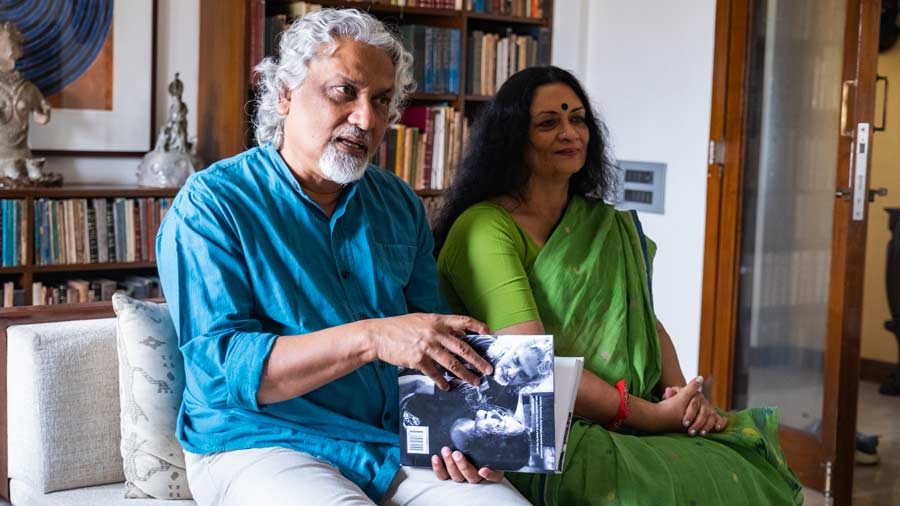
‘There are 12 feasts in this book, but we didn’t start out by saying we’re going to have a dozen. We said let’s think about those meals which have very special places in our memory,’ says Kunal
What makes a meal a feast?
Kunal: We spent a lot of time chatting about this. You know, we’ve all had wonderful meals, in restaurants, in homes of friends... do we remember all of these meals? Probably not. A meal, in our mind, makes this transition and becomes a feast, when it is not simply a feast for the tongue, but is a feast of the senses, a feast in memory. It’s a feast in thought.
There are 12 feasts in this book, but we didn’t start out by saying we’re going to have a dozen. We said let’s think about those meals which have very special places in our memory.
For example, Sepia Prawns is intertwined with the lovely time we spent with my mother — all the storytelling, all the laughter, all the experiments in the kitchen. So that feast has a very special place in our minds.
We obviously borrowed the title of our book from Hemingway

Hemingway referred to Paris as a ‘moveable feast’. Is there one such place that gives you the same feeling?
Kunal: Hmmm… not one place.
Susmita: For me it was Mexico.
Kunal: Ya, Susmita is a big Latin lover (smiles) — Mexico, Cuba, Peru… I really like the food, the culture, the atmosphere, the friendliness of the people… they’re very much like us.
Kunal: We obviously borrowed the title of our book from Hemingway, in the sense that he said, Paris is a moveable feast because wherever you go it goes with you, the memory of it goes with you. And the memory of all these places carried through with us, wherever we go. So, for me at least, the 25 countries mentioned here are all moveable for me.
Chicken Unspeakable: Taste the chicken but don’t ask the name of the chef!
You’ve talked about the synergy of food and travel discoveries. Tell us one food-travel discovery that you treasure…
Kunal: Ah, we can tell you many stories. Shall we tell you the ghost story?
So this is a story in Rajasthan. We went to Mandawa, which is full of old, decaying havelis with elaborately painted facades. Our daughter was with us. We realised during dinner that we were the only residents of the haveli where we had booked ourselves. It was a wonderful dinner in an open courtyard where this dhoti-clad waiter served us. One dish stood out, the chicken. We asked the chef for the recipe and he told us. Susmita asked, whose recipe is this?
Susmita: And this guy said we can’t reveal that.
Kunal: It turns out it was the recipe of one of the dead queens. I persisted. But he wouldn’t say her name. He said, ‘If I mention her name, she will come.’ We thought this was a clever marketing ploy, just building up the romance of the place. Anyway, we were tired and went off to sleep. Only, we couldn’t sleep!
All kinds of strange things started to happen. There was no light, but the framed photographs of the kings and queens and courtesans hanging in our rooms seemed to be glowing.
Susmita: First I thought we were just imagining things. But when I went to the toilet, all of a sudden a window opened by itself and I got really scared…
Kunal: And I felt a warm breath on my left cheek. Then Ajlai knocked on our door and said she couldn’t sleep either, so she spent the night on the sofa in our room.
In the morning, the attendants said, ‘You should have shut your door, bats or civets could have come in!’ We were horrified, who sleeps with the door ajar in a hotel? Then we looked across and saw the zenana (ladies’ quarters) right opposite our room!
Later, when we had recovered, we said the dead queen must have really liked the fact that we enjoyed her recipe and probably came just to say thank you (laughs).
But we remembered that particular chicken dish and we call that chapter Chicken Unspeakable! Taste the chicken but don’t ask the name of the chef.

Kunal and Susmita share their ghost story from Rajasthan
What’s the most sumptuous food you have tasted on your travels?
Susmita: I would say my favourite, after Sepia Prawns, which is both our favourite, is Dona Flor’s Crab.
Kunal: I can’t honestly pick a favourite, but one dish that I cook and she scolds me because I tend to overcook it is Keema Rumistani.
And the strangest?
Susmita: Ah… that’s mostly in China…. The one in Mongolia (shakes her head).
Kunal: But you couldn’t eat it.
Susmita: I couldn’t! It’s a funny story. We were in inner Mongolia, and loving it. There was a camel, a very nice hut, the landscape was very different, and we were very curious about the food. We had always heard of Mongolian wok dishes… the Chimney Soup is derived from a Mongolian Hotpot. So we were expecting a great meal, and we were very hungry. First, three beautiful women came in singing and brought a drink, but it was only for Kunal, not for me!
Kunal: It burnt a hole through my stomach! It was 100 percent alcohol or something (laughs).
Susmita: Then the food came. Three goat heads with the eyes staring out at us and the brains were sizzling. That’s their delicacy, for special guests.
Kunal: Susmita and Ajlai said they can’t eat it. But we all couldn’t be rude, so I sort of averted my eyes and picked on the meat a little and said I am too full. But we were starving! So after the dinner, I went and asked for manthong bread, which is a sort of big dumpling-like steamed bread. I took a whole basket of those and that’s all we had that night.
Susmita: I said there goes our Mongolian Hotpot!
Kunal: You know, the funny thing is, in the feast called Bruce Lee Chilli Pork, we include the Mongolian Hotpot. And the reason we include it is because this is a dish which must be there because of its absence.
Our work is that of artists, who can take liberties; it’s our version, infused with our imagination

‘We would like to believe that our work is that of artists, who can take liberties’
What kind of food books do you read?
Susmita: We don’t really read food books. We are both foodies, when we eat something we like, it sits in the memory. We try to figure out what ingredients could have been there and we try to make it at home in our own way.
Kunal: We’ve stayed away from standard cookbooks. None of the recipes here are derived from a recipe that somebody has written or is authentic to a region. We do not claim that the ceviche of Peru that we have here is authentic Peruvian ceviche. Because that is the work of artisans, who reproduce to a standard. We would like to believe that our work is that of artists, who can take liberties. And use their imagination, which can, at times, lead to disaster (laughs).
Susmita: And it’s important to satisfy ourselves, our taste buds. So it may not be the classical dish, but it’s our version, infused with our imagination.
Your favourite books on travel?
Kunal: (Laughs) Marco Polo? No, we’re avid readers, and not just travelogues, we read books where travel is an important component. A lot of writing on Africa, for example, are travelogues masquerading as fiction — Joseph Conrad’s Heart of Darkness, where the travel on a steamer down the Congo river is actually a travelogue.
Before we undertake any journey, we read up as much as we can, fiction and nonfiction. We talk to people, go to museums. We prepare our minds, to be alert to things which we otherwise might overlook.
Susmita: In the late 1980s, when we went to China for the first time, we didn’t have the internet, so we asked friends and family who had been there…
Kunal: And we read Dream of the Red Chamber (by Cao Xueqin), the classic of Chinese literature. People say you have to read the Ramayana and the Mahabharata to understand how Indians think and behave. The equivalent in China is Dream of the Red Chamber, so we read that and tried to understand what classical China was, and what sort of remnants there were in the 20th century. So there’s an elaborate preparation of the mind that underlies all our journeys, which underlies all our feasts.
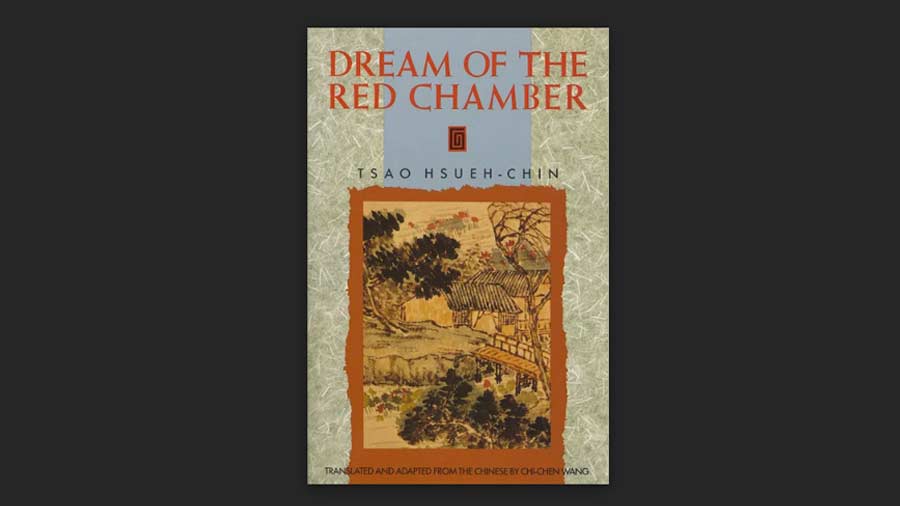
And that also influences your writing. Like your travels in China and reading about classical China would have led you to write The Yellow Emperor’s Cure?
Kunal: Absolutely. Sometimes there are funny consequences, like with The Miniaturist. While writing, and I say this in the Keema Rumistani chapter, my approach has always been to create a character and try to live the life of that character. Like stage acting. But how do you live the life of a Mughal courtier? So we said, to think like a Mughal, eat like a Mughal.
Susmita: So for one whole year we were having kebabs and biryani, sitting on the carpet, listening to qawwalis! I got tired of it.
Kunal: And we both put on weight!
One place you wish to go to?
Kunal: Iran
Susmita: Yes, Iran.
One dish you want to try in your kitchen?
Kunal: You know Susmita, we have talked a lot about having a vegetarian main course, which we don’t have in this book. We have lots of vegetarian dishes but as sides. We’ve toyed with the idea of taking the classic Indian khichuri or khichdi but infusing it with our imagination from comparable kinds of palettes from other parts of the world. Let’s see what we can come up with.



